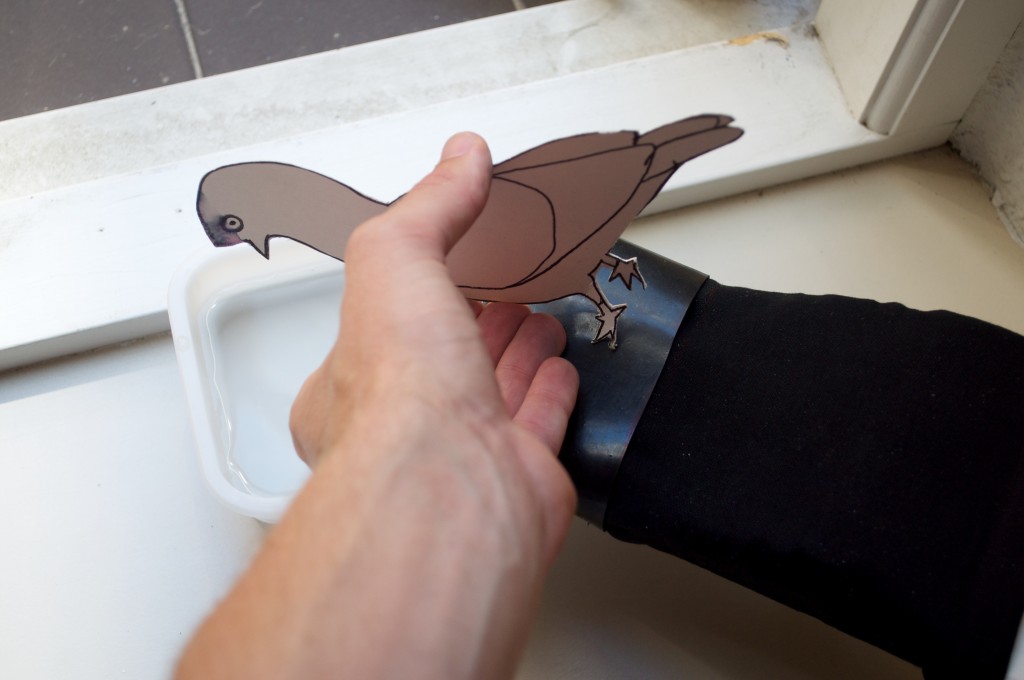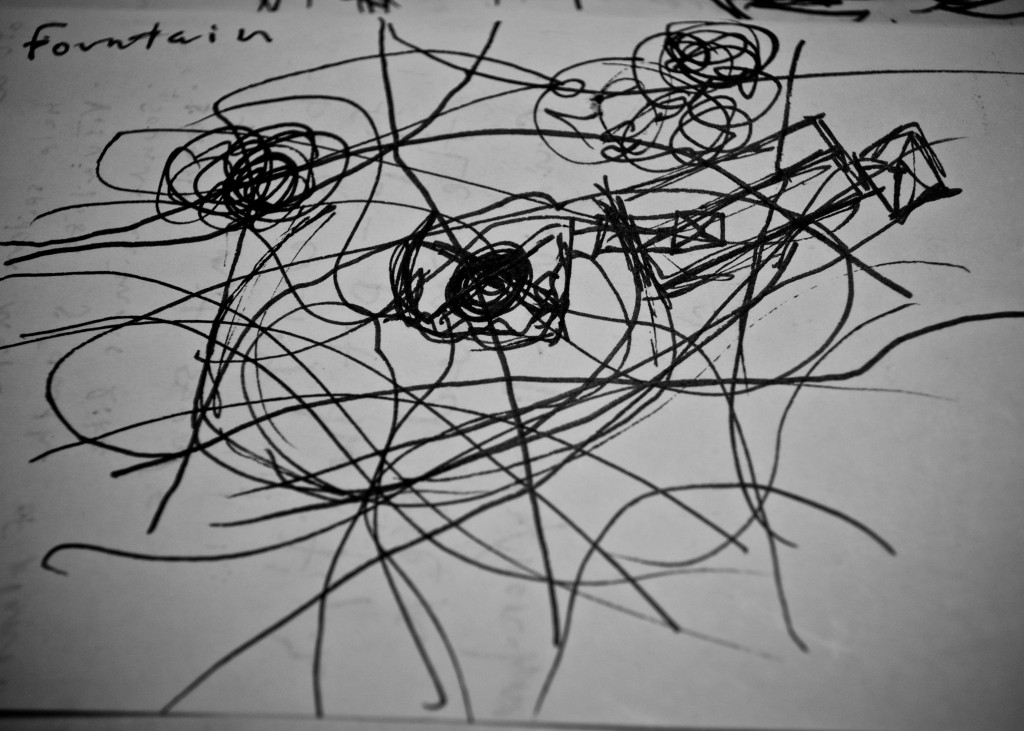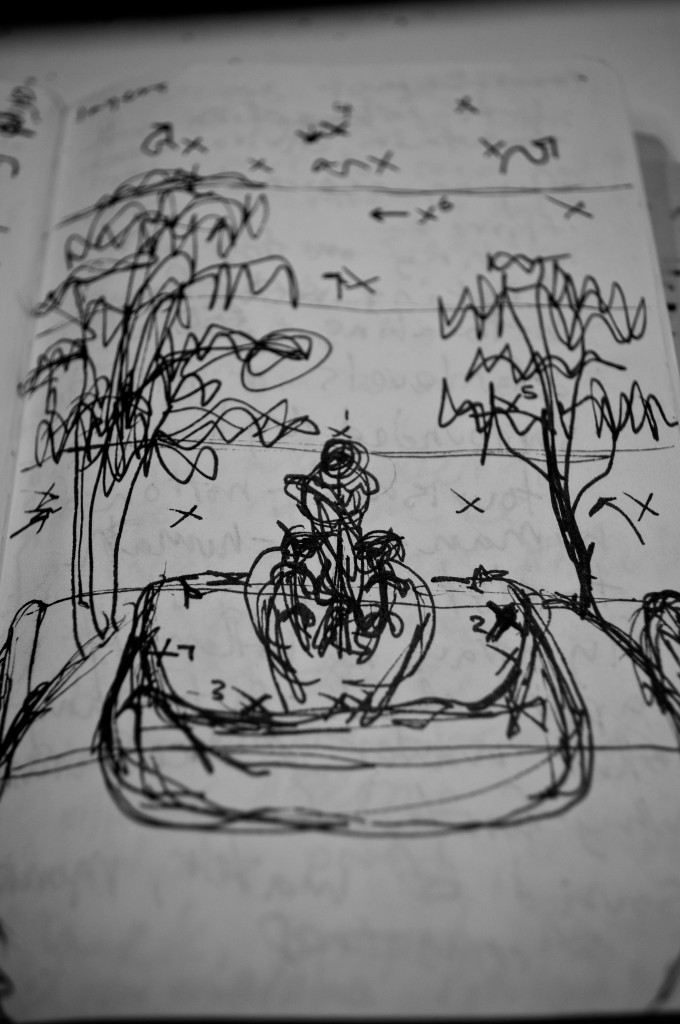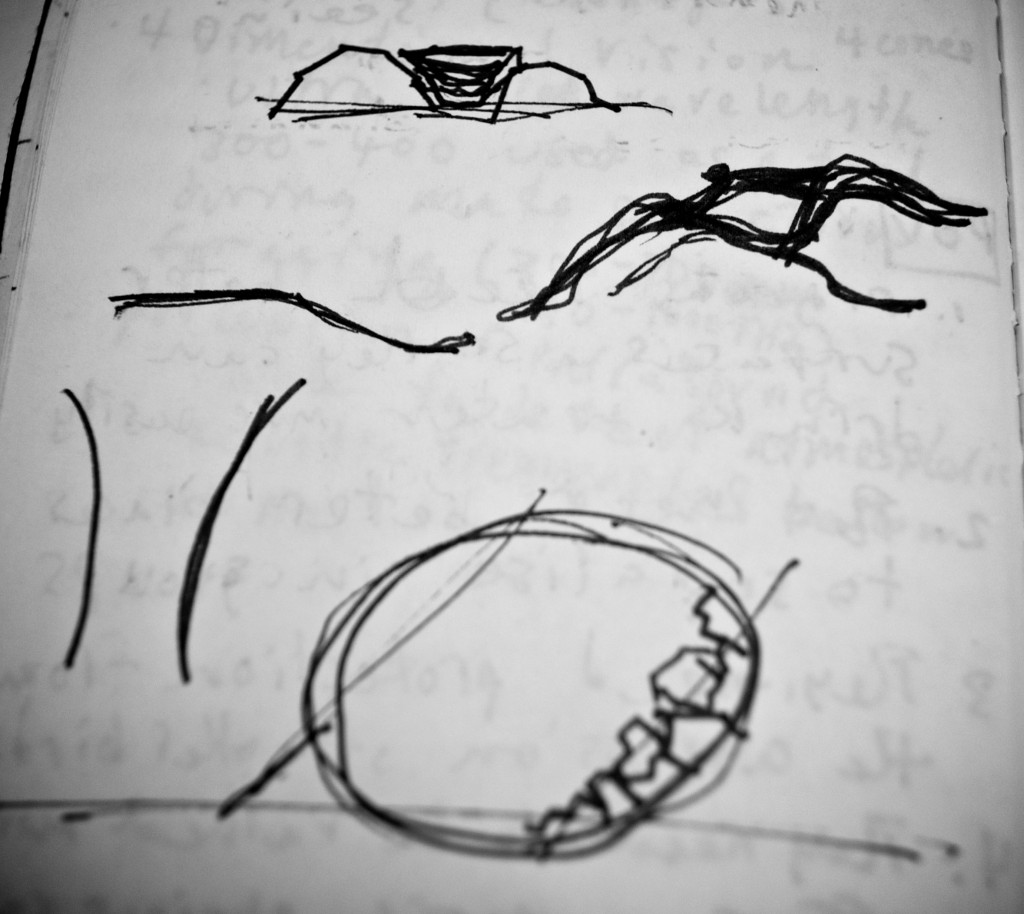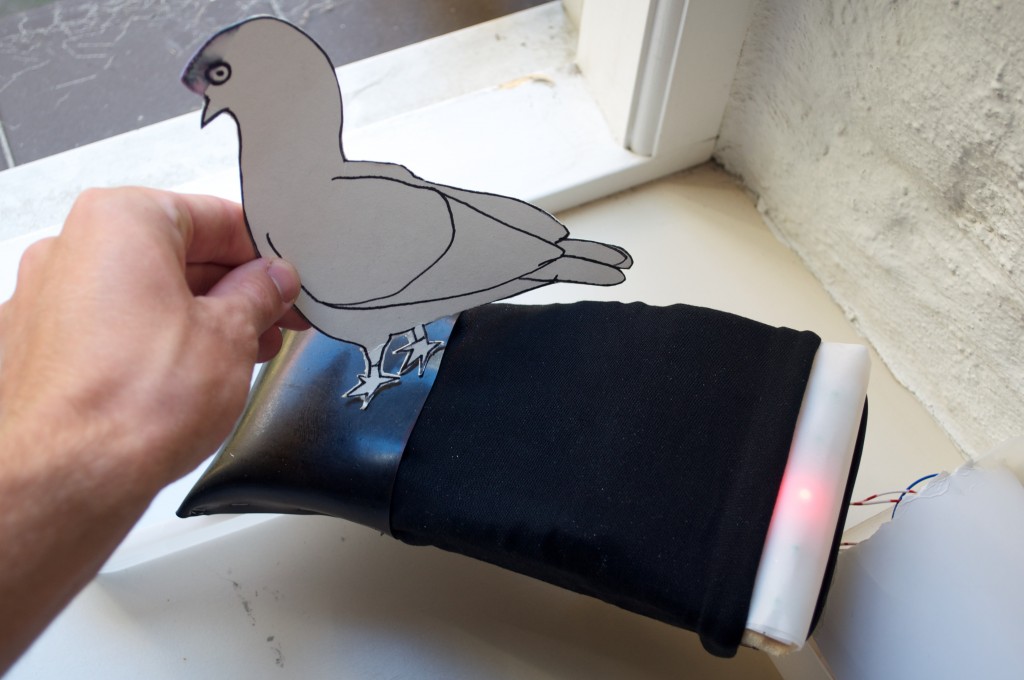
Is it possible for humans to positively effect the life experience of other non-human animals? While such a question makes some assumptions about the role of humans, it could be beneficial for all inhabitants of our planet to de-center the humanist approach, even if only slightly. A design process becomes more balanced and effective when different human and non-human ontological perspectives are taken into account. The problem of constructing “human” as value-based category is how it is constructed to exclude. Looking back through human history, today we are shocked by the injustices committed against groups we now understand to be fully human. But these violations of human rights were often so terrible because these groups were not considered to be human. It is for this reason that the thoughtful design of material experiences should consider all possible users.
What would the design process look like if instead of being human-centered, or human/non-human centered as I have just discussed, it was focused on the non-human and explicitly disregarded human concerns? Here I propose Pigeon Centered Design. After careful observation at a very popular fountain in the heart of tourist Copenhagen, I found a discrepancy between the human-centered design of the fountain and the functional non-human use of it. On the ground, humans stood around the flowing monument and simply looked at it and took pictures from removed vantage points. Birds, in glaring contrast, have a multifaceted and far more complex experience of the fountain even though the design of the fountain never intended to offer them anything. The four different species of birds I could see had different layers of experience of and interaction with the fountain. Birds soared over the top of it. Flew in a circular motion around it. Stopped to rest on different parts of the fountain- the female warrior’s decorated head at the center of the fountain seemed particularly popular. The birds came individually and in small groups- the fountain was clearly a popular social place for humans and birds alike. Birds stopped to drink water, positioning themselves strategically between or on top of the rocks placed to give humans the aesthetic experience of something found in nature. The birds had many other sources of water nearby, so perhaps the fountain offered something unique and desirable. The sound, sight and feeling of the waters movement. Exciting textures and shapes. The social environment. The fountain was clearly a popular tourist destination for both humans and birds.
I observed one pigeon for around nine minutes, trying to see its activity both from a distance and as close to the bird’s perspective as was possible. I used a camera to capture birds-eye video.
The pigeon first landed on one boulder-like rock, jumping and waddling around to try out the different options. She tried drinking water from different places, but had difficulty balancing while she jerked her head in and out of the water. She slipped over five times, entering the water accidentally. After theses seemingly traumatic experiences she seemed ruffled, ill at ease, and even disappointed by the fountain environment! The pigeon was joined briefly by other pigeons, but such accompaniment was short-lived. Her experience consisted of resting, deification, stretching, strutting, cooing, jumping, and lots of slipping. At the end of our time together, the pigeon was violently chased away by an aggressive blackbird who seemingly wanted nothing more than to get involved in such an altercation. It seems the pigeon is undervalued by both humans and other birds.
What follows is a pigeon-centered design process:
Empathy-
What does the pigeon like to do?
- to drink water
- to relax
- to be alone
- to socialise
- to fly
- to operate on different vertical levels
What does the pigeon need?
- food
- water
- wings
- beak
- shelter
- insects
- uv light
- the sky
- the ground
- eyes
- magnetic location abilities
- communication abilities
- life partner
Interfaces– what does the pigeon interface with?
Lines of flight:
Sketch of how birds fly around the fountain space.
Layers of interaction:
- vocal communication
- gestures
- four dimensional vision- seeing UV wavelength 300-400mm used as tool during mating season and for foraging
- rocks
- infrasound perception- detection of atmospheric acoustic frequencies below 10hz
- inner ear senses magnetic fields
- cells encode information on the direction, intensity and polarity of magnetic fields
- building and statues as substitute for sea cliffs
- community flocking bird- nests in groups of 50 to 500
- pigeons seen as vermin but essentially the same as doves- same family Columbidae
- historical relationship with humans- as food, as symbol
Define–
user- feral pigeon
needs- social group, magnetic positioning, water, food, lifelong mate, sight, flight
Point of View-
- Pigeons need better surfaces so they can drink water more comfortably
- they need better places to socialise in groups
- they need protection from the agression of other birds and from humans
- they need uv light in the winter- Pigeons do not migrate in the winter
Ideate–
- tourist site
- water space
- uv light
- drinking
- stabilised platform
- social space
- show value to humans
Design– A Tourist-Site for Pigeons
Wedge-shaped platform to fit into existing fountain rocks.
A Pigeon Tourist Site- the red represents a UV light
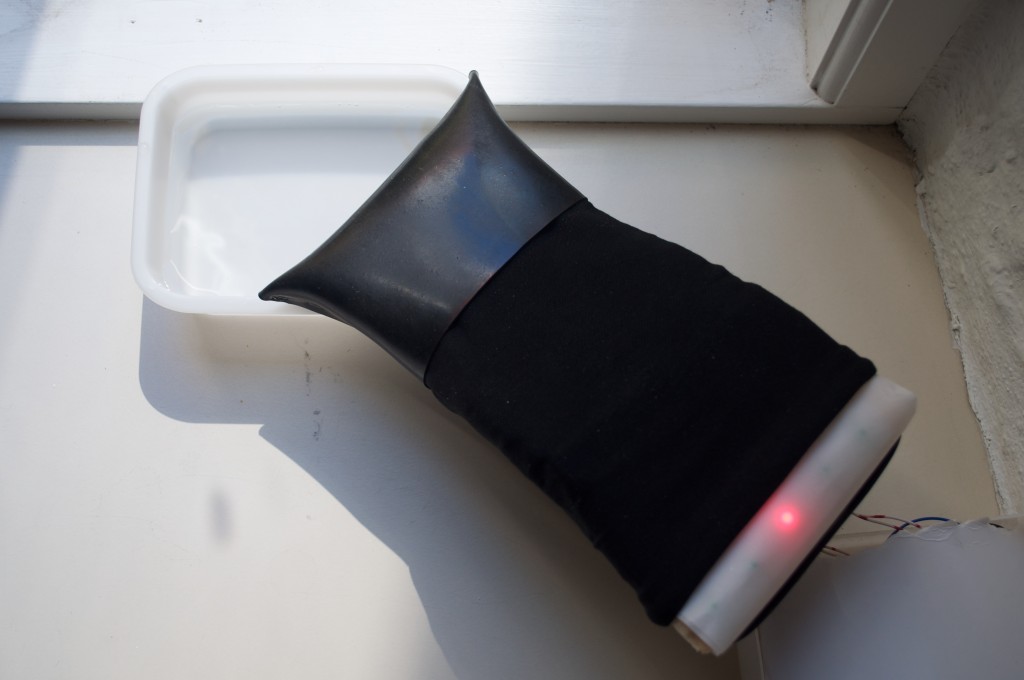
An imagined use of the drinking platform feature.